When using a Windows 10/11 laptop, WiFi connection issues are common and frustrating. Whether your device can't detect networks, fails to connect, or disconnects frequently, it can seriously impact your work and entertainment experience.
This article outlines the common causes and provides practical solutions to help you quickly restore your wireless connection.
1. Common Symptoms of WiFi Connection Issues
No available WiFi networks detected
Network found but unable to connect
Frequent disconnections
WiFi icon shows issues (e.g., yellow triangle warning)
2. Possible Causes of Laptop WiFi Connection Problems
Faulty or outdated wireless drivers: Damaged or incompatible drivers can prevent WiFi from functioning properly.
Incorrect network configuration: Issues such as IP conflicts or DNS misconfiguration.
Wireless hardware failure: A faulty WiFi card or loose antenna connection.
System setting errors or service issues: Network services not running or misconfigured due to updates.
Router or network device problems: Misconfigured routers, weak signal, or overloaded devices.
Firewall or security software interference: Antivirus or firewall settings may block WiFi connectivity.
3. Solutions to Fix Laptop WiFi Connection Issues
Method 1: Update Wireless Drivers
Faulty drivers are a major cause of WiFi connection failures. For users unfamiliar with manual updates, Driver Talent X is recommended for automatically detecting and updating drivers efficiently.
Download the latest version of Driver Talent X, install and launch the program.
In the "Drivers" section, click "Scan" to detect all driver statuses.
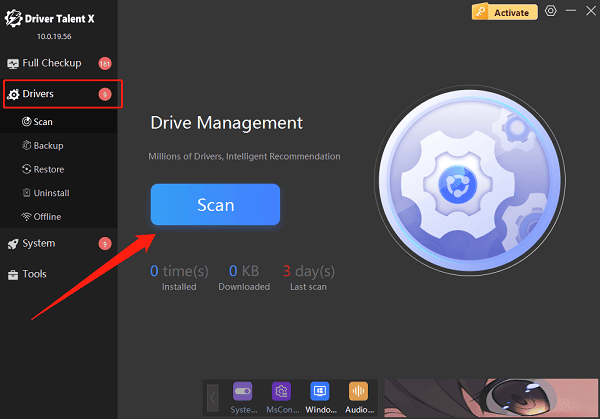
Locate the wireless driver and click "Upgrade" to update.
Restart your computer after the update to apply changes.
Method 2: Restart Network Devices
Turn off WiFi on your laptop, wait a few minutes, then turn it back on.
Restart your router and modem, wait until fully powered on, and try reconnecting.
Method 3: Reset Network Settings
Go to Settings > Network & Internet > Status.
Scroll down and click "Network Reset".
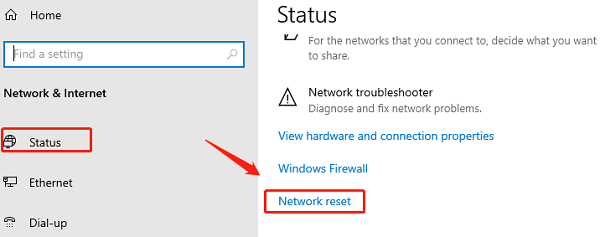
Click "Reset now" to reset adapters and restart your computer.
Method 4: Check Network Configuration
Ensure the IP and DNS are set to automatic.
Open Command Prompt (Admin) and run these commands:
ipconfig /release
ipconfig /renew
ipconfig /flushdns
netsh winsock reset
Restart your PC and try connecting again.
Method 5: Run Network Troubleshooter
Go to Settings > Update & Security > Troubleshoot > Other troubleshooters.
Select "Network Adapter" and click "Run the troubleshooter".
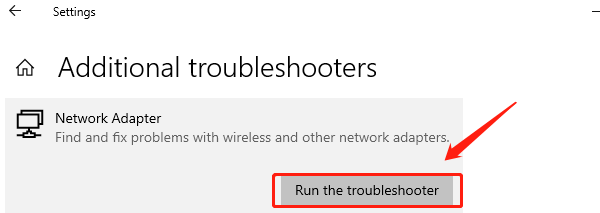
Follow the on-screen prompts to detect and fix issues.
Method 6: Check Wireless Network Services
Press Win + R, type "services.msc", and press Enter.
Ensure the following services are running:
WLAN AutoConfig
DHCP Client
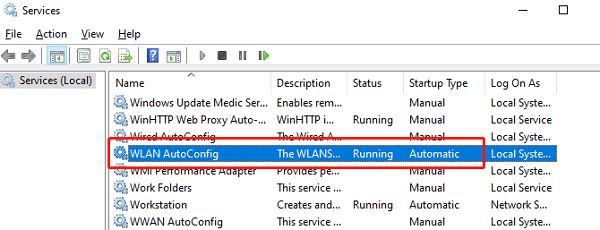
If not, right-click the service and select "Start".
Method 7: Temporarily Disable Security Software
Temporarily disable antivirus or firewall software to check for interference.
If confirmed, add your network to the software's whitelist.
Method 8: Reset Network Components via Command Prompt
Open Command Prompt (Admin).
Run the following commands:
netsh int ip reset
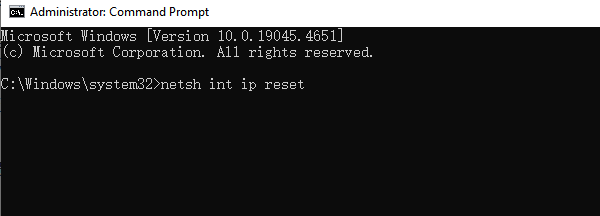
netsh winsock reset
ipconfig /flushdns
Restart your PC and check WiFi connectivity.
4. Tips to Prevent WiFi Connection Issues
Regularly update your OS and drivers.
Avoid frequent switching between networks.
Ensure router firmware is up to date.
Set WiFi channels manually to avoid interference.
Use reputable antivirus software to avoid malware interference.
5. Frequently Asked Questions (FAQ)
Q1: What should I do if my network doesn't appear?
A: Make sure the router is broadcasting the SSID. Try restarting the router or manually adding the network.
Q2: What if I'm connected but have no internet access?
A: Reset network settings and verify IP/DNS configuration.
Q3: How can I update my WiFi drivers?
A: Use Device Manager for manual updates or Driver Talent X for automatic updates.
While WiFi connection issues are common on Windows 10/11 laptops, most can be resolved by updating drivers, resetting network settings, and checking configurations.
Follow the steps above to troubleshoot and maintain a smooth and stable wireless experience.
